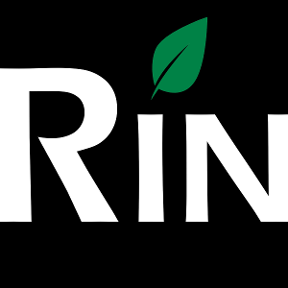Welcome to the Onshape forum! Ask questions and join in the discussions about everything Onshape.
First time visiting? Here are some places to start:- Looking for a certain topic? Check out the categories filter or use Search (upper right).
- Need support? Ask a question to our Community Support category.
- Please submit support tickets for bugs but you can request improvements in the Product Feedback category.
- Be respectful, on topic and if you see a problem, Flag it.
If you would like to contact our Community Manager personally, feel free to send a private message or an email.
SolidWorks CSWA Exam using Onshape
 frank26080115
Member Posts: 19 ✭✭
frank26080115
Member Posts: 19 ✭✭
in General
I just passed my CSWA exam. The questions were basically
I figured out how to use the mass properties tool in Onshape but I can't figure out how to set densities. This is the only missing feature stopping me from using Onshape to pass the CSWA exam.
- here's the drawings for this shape, CAD it up and tell us how much it weighs
- open this zip archive of parts, assemble it like this, what is the distance between these two points and what is the center of gravity
I figured out how to use the mass properties tool in Onshape but I can't figure out how to set densities. This is the only missing feature stopping me from using Onshape to pass the CSWA exam.
Tagged:
0
Best Answer
-
 3dcad
Member, OS Professional, Mentor Posts: 2,476 PRO
@frank26080115 You need material properties for densities. They are not here yet, but should be coming soon (I hope).
3dcad
Member, OS Professional, Mentor Posts: 2,476 PRO
@frank26080115 You need material properties for densities. They are not here yet, but should be coming soon (I hope).
//rami5
Answers
Twitter: @onshapetricks & @babart1977
I know this is outdated but Onshape has added some features including the Mass properties. The limitation now is that they are not yet customizable, which is required for exact measurements. It's possible to select a similar material and then guess, or as others noted simply multiple the volume by the density. I've confirmed this works using one of the sample exams, and was able to get all of the answers done correctly. The model for it is now public and a quick write-up for modeling the part is posted here. The free access and public files are actually a great study tool for this, or simply for teaching best practices (which I did not use in the model) since it is so easy to share among users. Good luck.